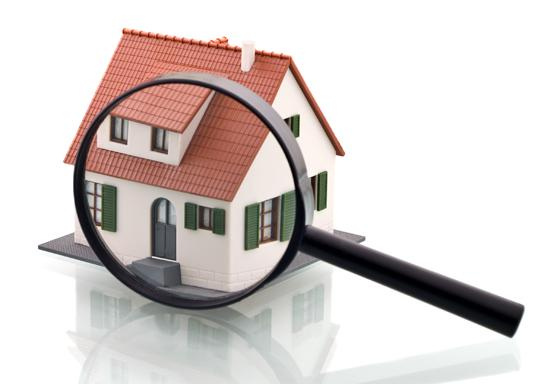Photo credit: Mark Moz
Almost anyone who has used ride-sharing services such as Uber or Lyft can attest to the platform’s simplicity and common-sense approach to moving people from point A to B. In the real estate realm, there’s Roostify, an automated mortgage transaction platform streamlining the mortgage origination process. On these platforms, the forms live in a digital space.
While the real estate appraisal profession is moving more in the direction of automation, most notably in the report submission area, the appraisal process is still powered by the form. Government Sponsored Entities (GSEs) wrote the guidelines which drives the report; with USPAP firmly in the driver’s seat.
Paul Prentice, senior managing appraiser at PEMCO Limited said, “Streamlining of the appraisal process is a topic that has been visited and revisited and revisited consistently over the past decade or more. There may be ways to make this happen, but it would need to be a collaborative effort between the governing bodies of the appraisal practice, GSE’s, and appraisers alike.”
Prentice said all entities that hire appraisers are not on the same page when it comes to guidelines and requirements, “There is currently some disconnect between lender requirements, what is standard practice, and what is required by Fannie Mae and/or USPAP. We often see lender and investor requirements that are above and beyond the typical scope of an appraisal and beyond those seen from Fannie Mae and even HUD. While stringent guidelines and requirements are a reasonable expectation, uniformity among the entities would assist the typical appraiser in completing an appraisal in a more concise manner allowing for potentially faster turn times and ease of review.”
Is it time for the many entities that set policies, practices and procedures for the valuations profession to come under one authority? Would the public sector develop the technology in response to consistent and clear forms, standards, policies and oversight?
See Why the Appraisal Report May Change
The profession would likely see an influx of technology companies developing cutting edge solutions and products to meet the need of a reengineered valuations process, but appraisers would likely have a seat at the reengineering table as they are solutions oriented and want a better experience for the consumer.
Prentice says the 1004 form is fairly adaptive to streamlining, “In my opinion it’s a fairly intuitive form that allows for a relatively streamlined appraisal that overall is easy to read, provided the necessary definitions are present. The ability to translate factual data into the form in terms of application of adjustments and comparable data is becoming more and more streamlined. With comps databases present in most appraisal software providers and appraisal analytics provided by various servicers it has become easier to illustrate various points through accessible statistical data.”
“All in all, if we are going to look at a way to identify and streamline the appraisal process, I believe that it starts at the top with the GSE’s, USPAP, AQB, and so on,” says Prentice. “Adding a more uniform approach across the board which would be adopted by lenders and investors without the need for additional and unnecessary work on the appraisers’ part would go a long way in helping to streamline the entire process. However, as is the case from time to time, not all problems render an immediate or singular solution and sometimes the perception that something needs to be easier or streamlined is not always the case and not always feasible.”
Source
The Appraisal Buzz. The Uberization of the Appraisal Process


